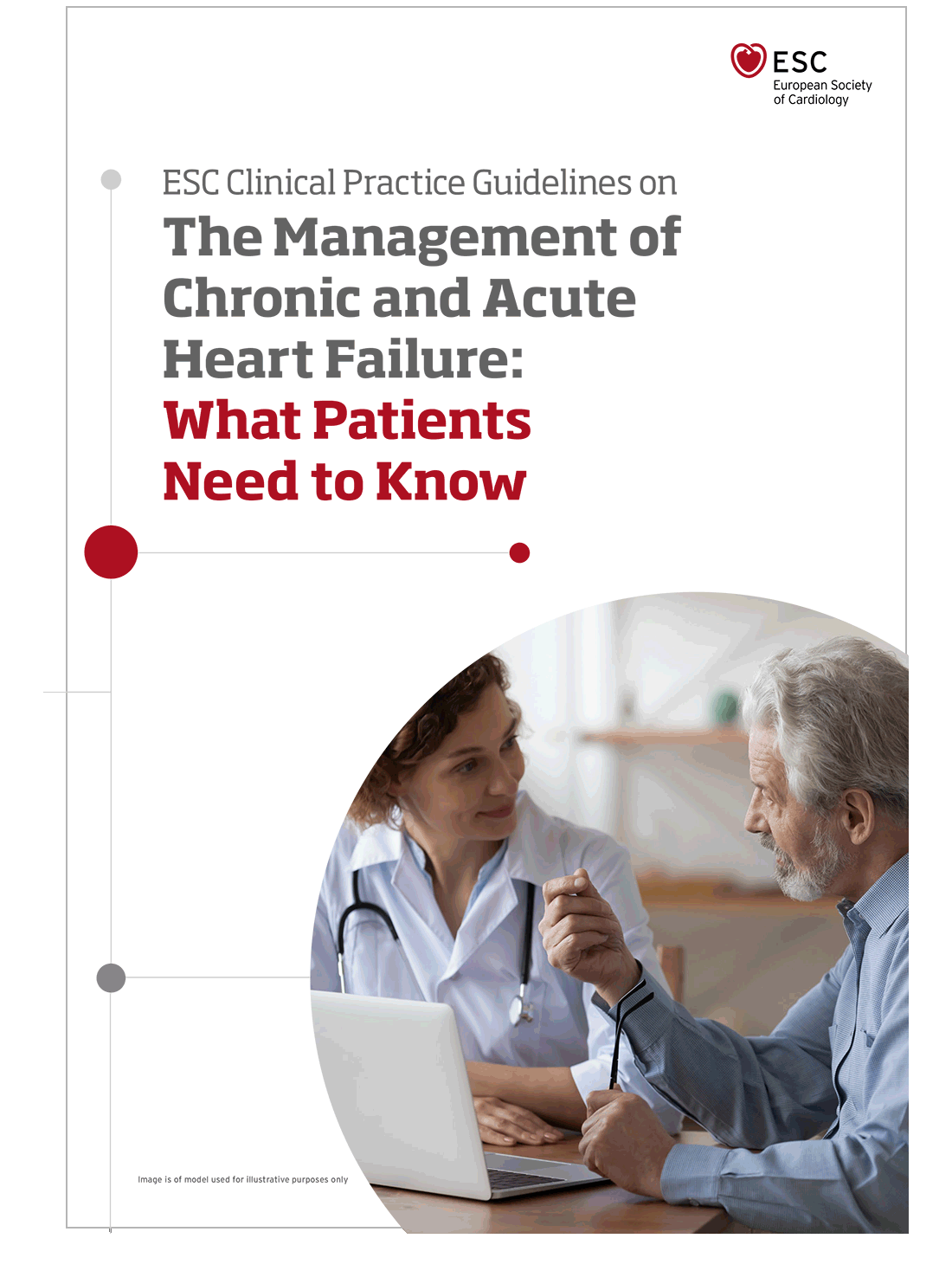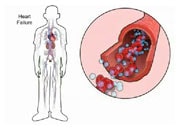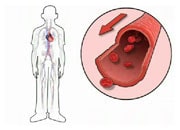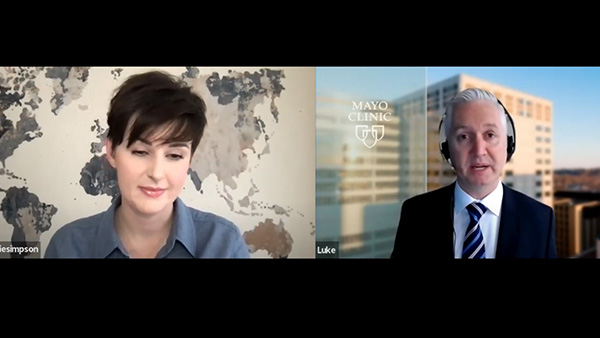Taking your own blood pressure and heart rate (pulse)
Your doctor may advise you to take regular blood pressure and heart rate (pulse) readings at home, or you may decide to do this for your own interest. Either way, it is important that you learn how to take an accurate reading.
Why?
Monitoring your own blood pressure and heart rate can make you feel more in control of your condition and have more confidence in the treatment you have been given. Doctors and nurses will be interested in seeing a well-organised chart recording your heart rate and blood pressure at regular intervals. It provides information that will help your doctor to fine tune your treatment.
However, measuring your blood pressure at home can also make you more anxious about your condition. If so, you should try to resist the temptation to take readings more often than your doctor has recommended. Your doctor will discuss with you your present blood pressure and heart rate values, and explain to you the target values that should be achieved with the help of your treatment.
How?
Blood pressure monitors are rarely available free of charge from your doctor. However, you may be able to borrow one for a period of time. Your doctor will be able to advise you on the best type of machine to buy, and you should ask the doctor or nurse to check its accuracy, and your ability to use it, before you start taking readings.
You can measure your pulse rate quite simply at home. All you need is a watch with a second hand or a digital stop-watch. Find a quiet place where you are not distracted, sit down, and after at least 10 minutes (to ensure you obtain a resting pulse) count your pulse by gently placing two fingers on the inside of your other wrist, below your thumb and count the beats for 30 seconds (do not use your thumb as you may feel its own pulse). You then double this figure to get your resting pulse ? this should usually be between 60 and 100 beats per minute.




















